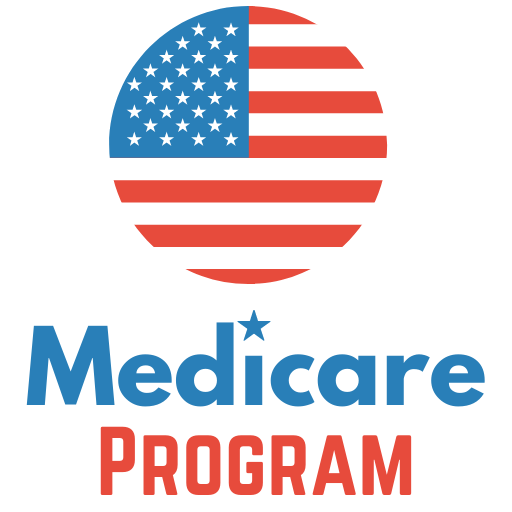
What you need to know about the Medicare Part A expiration date
At the current rate, Medicare’s hospital insurance trust fund will run out of money by 2028, according to the June 2022 report from the Medicare administrators. That’s a two-year extension from the previous estimate, but experts say it’s still not good news and the government needs to stop twiddling its thumbs. Here’s what you should know.
What happens if the trust fund runs out?
If the Medicare hospital insurance trust fund runs out, it doesn’t mean Medicare Part A will implode. But the program will not have enough revenue to cover all operating costs, with a 10% deficit starting in 2029.
“This part of the Medicare program will not be able to make payments to the health care providers and health insurers that sell out, and those payments will be delayed more and more over time,” said Matthew Fiedler, a senior fellow at the USC- Brookings Schaeffer. Health Policy Initiative.
This delay could cause a major financial shock to hospitals that depend on Medicare revenue to operate. Ultimately, Fiedler said, “Hospitals could rethink how much they want to participate in the Medicare program.”
It is important to understand that the Medicare Hospital Insurance Trust Fund does not fund all of Medicare, but rather funds Medicare Part A or hospital insurance. Medicare Part B, which covers doctor appointments and outpatient care, and Medicare Part D, which covers prescription drugs, are funded primarily by patient premiums and general government revenue.
What are the most likely solutions?
There are several ways the government could handle the situation, from adjusting service coverage to redirecting revenue. Here are some options:
Moves some services from Medicare Part A to Part B
Some experts have suggested that the government could shift some post-acute services, such as physical therapy or nursing management after a hospital stay, from Part A to Part B.
“This makes the Part A trust fund look better, because you’ve taken some of the expenses off the books,” says Dr. Mark McClellan, the Robert J. Margolis Professor of Business, Medicine and Policy at Duke University, who has a doctorate in economics. “But that’s not really changing the overall cost or sustainability of the program.”
For Medicare beneficiaries, this change could mean that some post-acute services that are 100% covered by Part A could be subject to the Part B deductible and 20% coinsurance, unless the beneficiary has a Medigap plan or Medicare Advantage that covers some costs.
Modernizing Medicare drug delivery
When Medicare Part D was introduced in 2006, there weren’t as many expensive specialty drugs on the market. Today, the government pays most of the bill for high-cost drugs. Reducing drug costs and applying those savings to the Part A trust fund is one option. Current legislation from Congress would help Medicare beneficiaries spend less on prescription drugs and reduce the costs of specific high-cost drugs over time.
“The Senate bill includes a major modernization of the Medicare drug benefit, to provide more comprehensive coverage to Medicare beneficiaries with high drug costs, and to get Medicare drug plans to negotiate more aggressively with drug manufacturers,” McClellan said.
Reduce payments to suppliers
In the short term, the government could cut Medicare payments to some or all Part A providers, said Joseph Antos, a senior fellow and Wilson H. Taylor Researcher in Health Care and Retirement Policy at American Enterprise Institute.
“Congress has done this before and may do it again, especially if this is accompanied by some other adjustment that will go into effect in the new year or 10 to bring the money back,” Antos said in an email. (The Congressional Budget Office makes cost estimates for 10 years, so a nine- or 10-year adjustment schedule “maximizes the quantifiable savings, but signals to providers that the cut would be temporary,” he said Anthony).
For beneficiaries, the impact of this approach would be minimal, although it may reduce access to some providers or cause some providers to add services not covered by Medicare to increase revenue, Antos explained.
Move funds from general revenue
The most likely option is for the government to authorize a one-time injection of general funds into the Medicare trust fund. “I could easily see them saying, ‘Temporarily, for five years, we’re going to authorize an infusion of general revenue to top it up,'” Antos said.
If that happens, he said, the country’s debt will continue to rise. “This would have no impact on the beneficiaries,” Antos said. “It would have an impact on their children.”

Comments are closed.